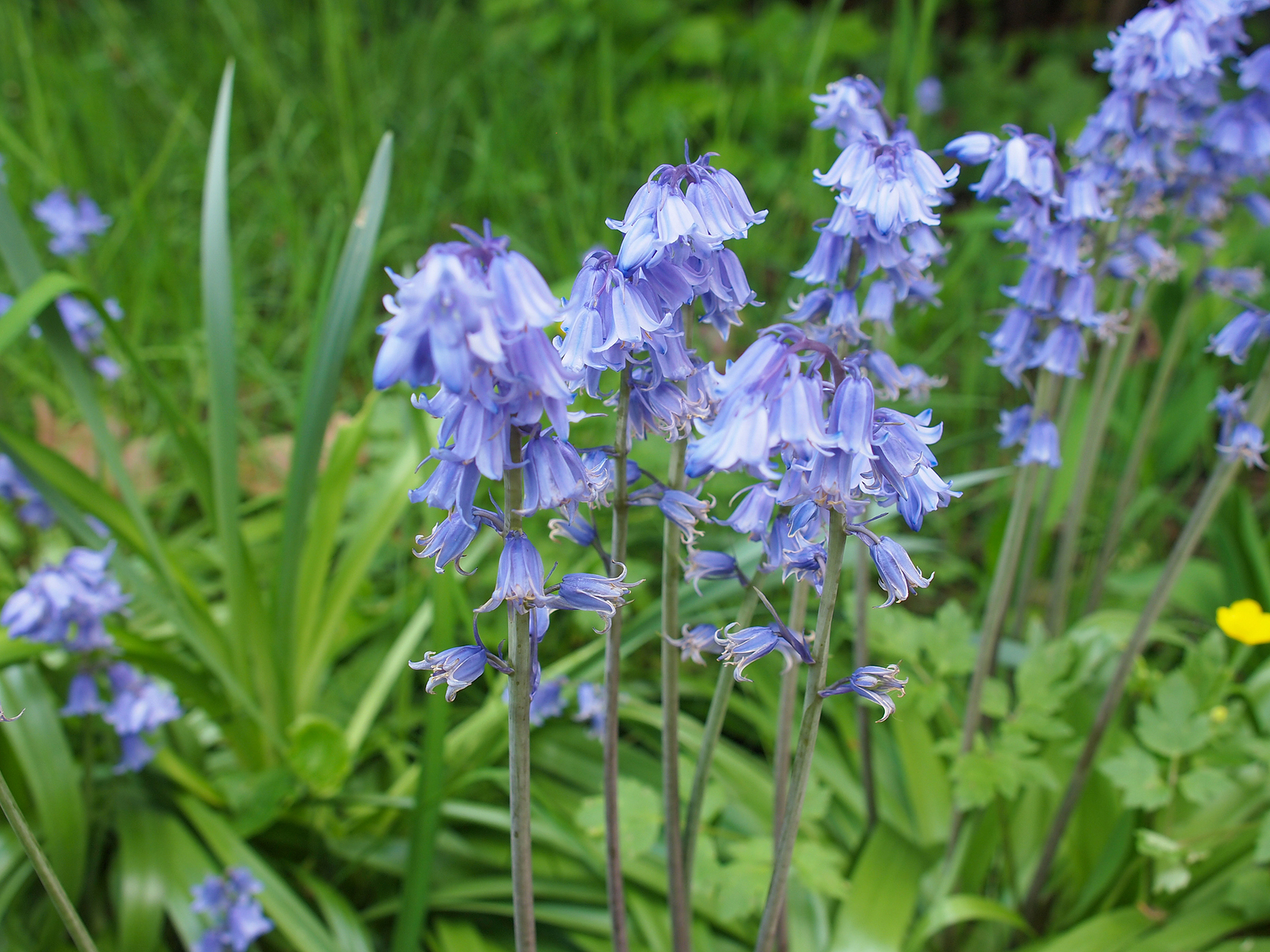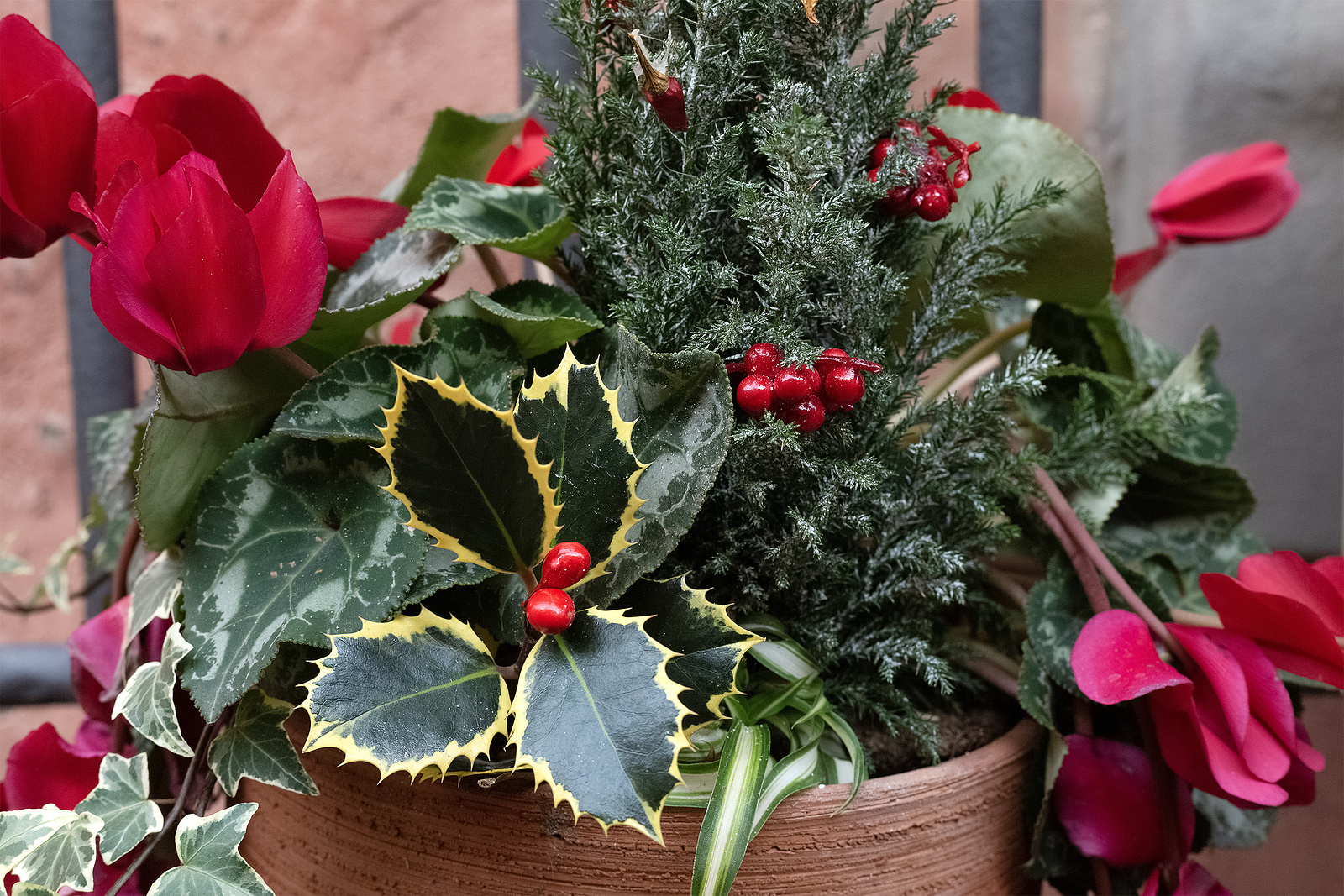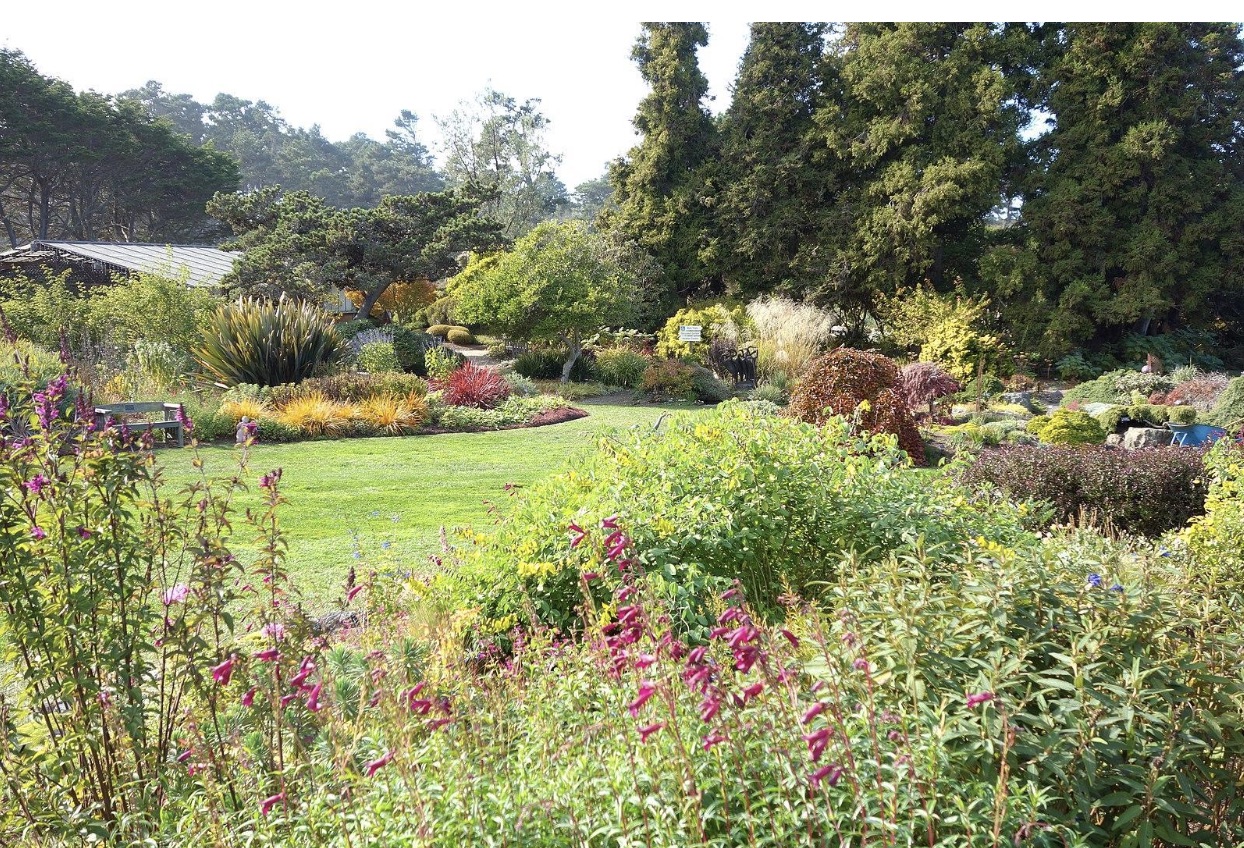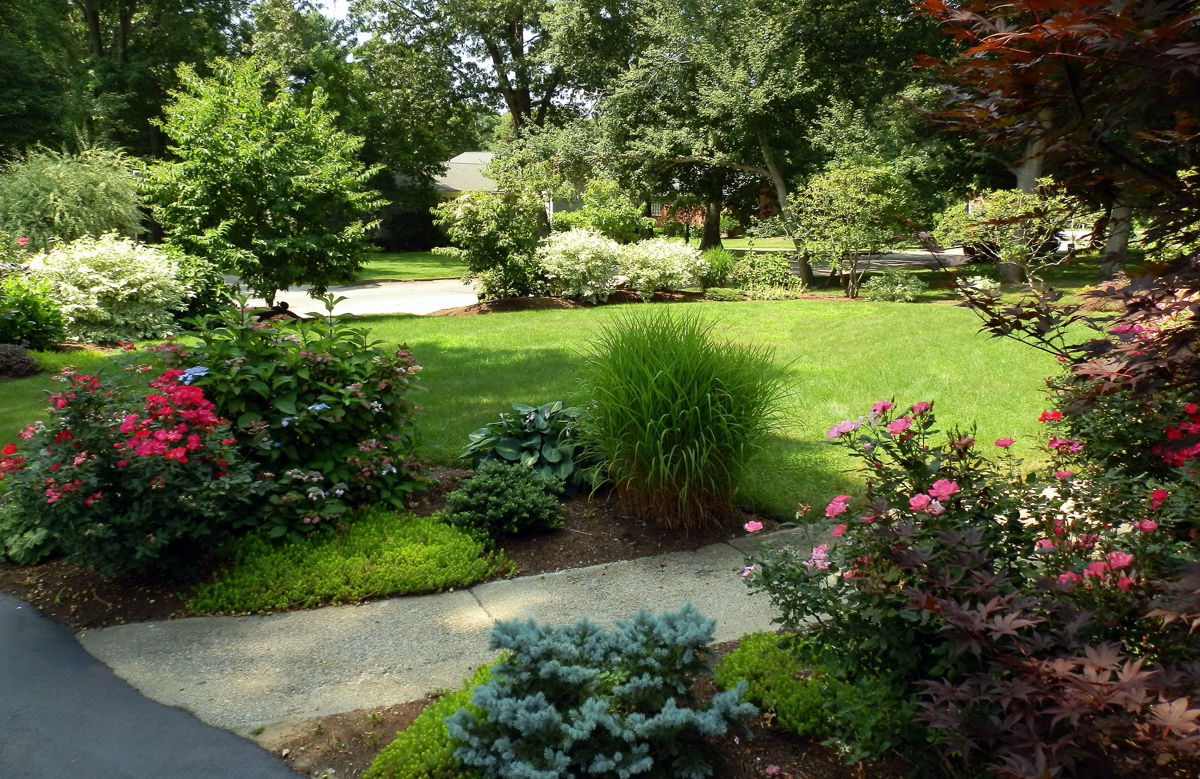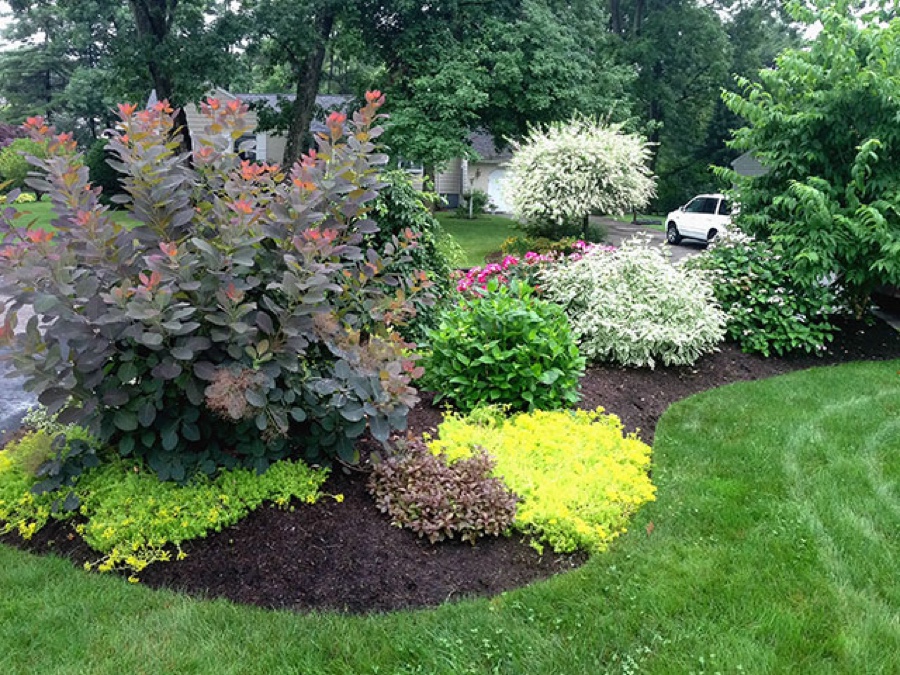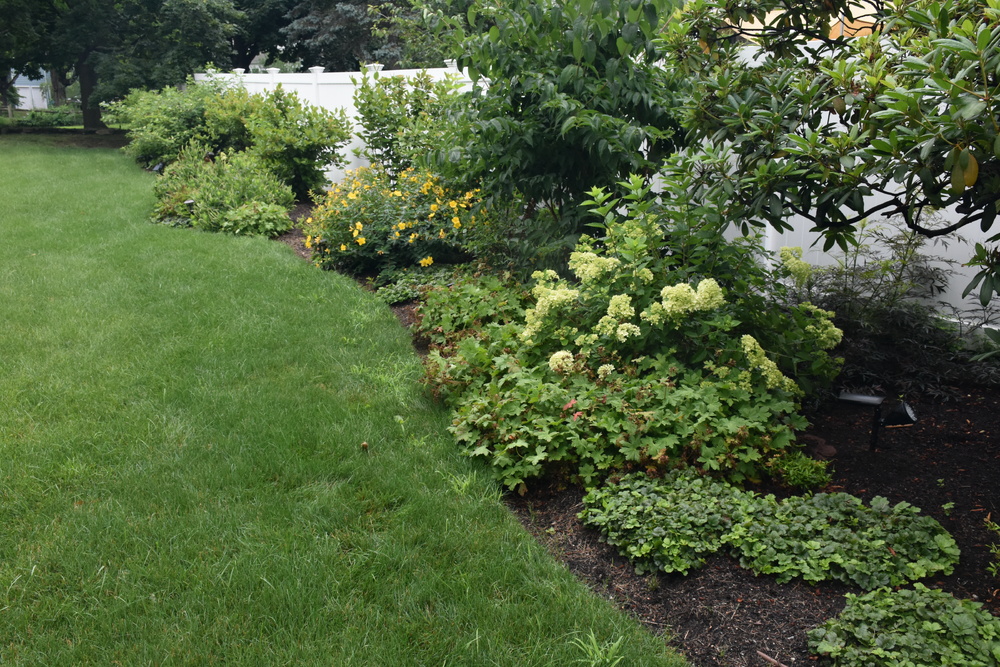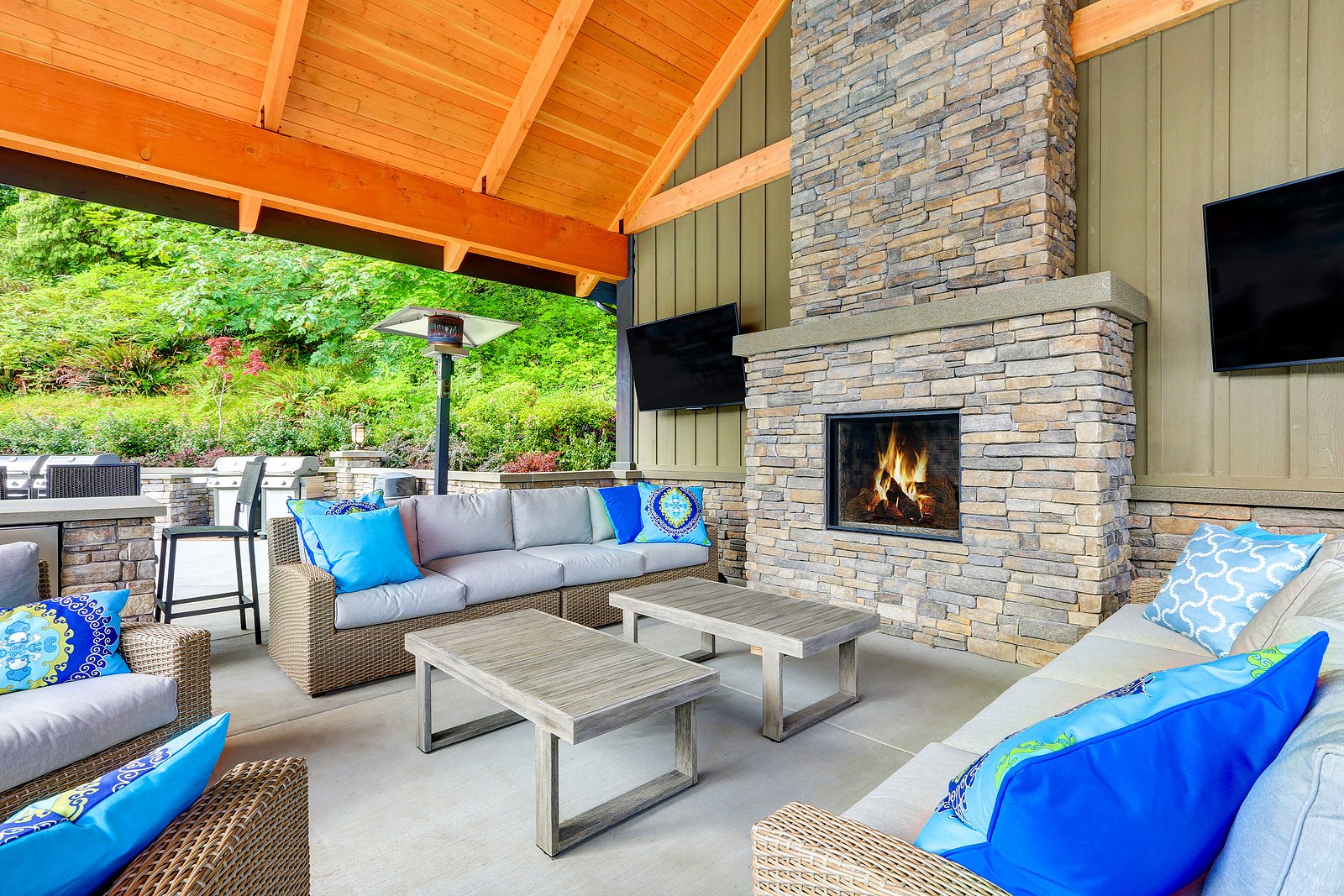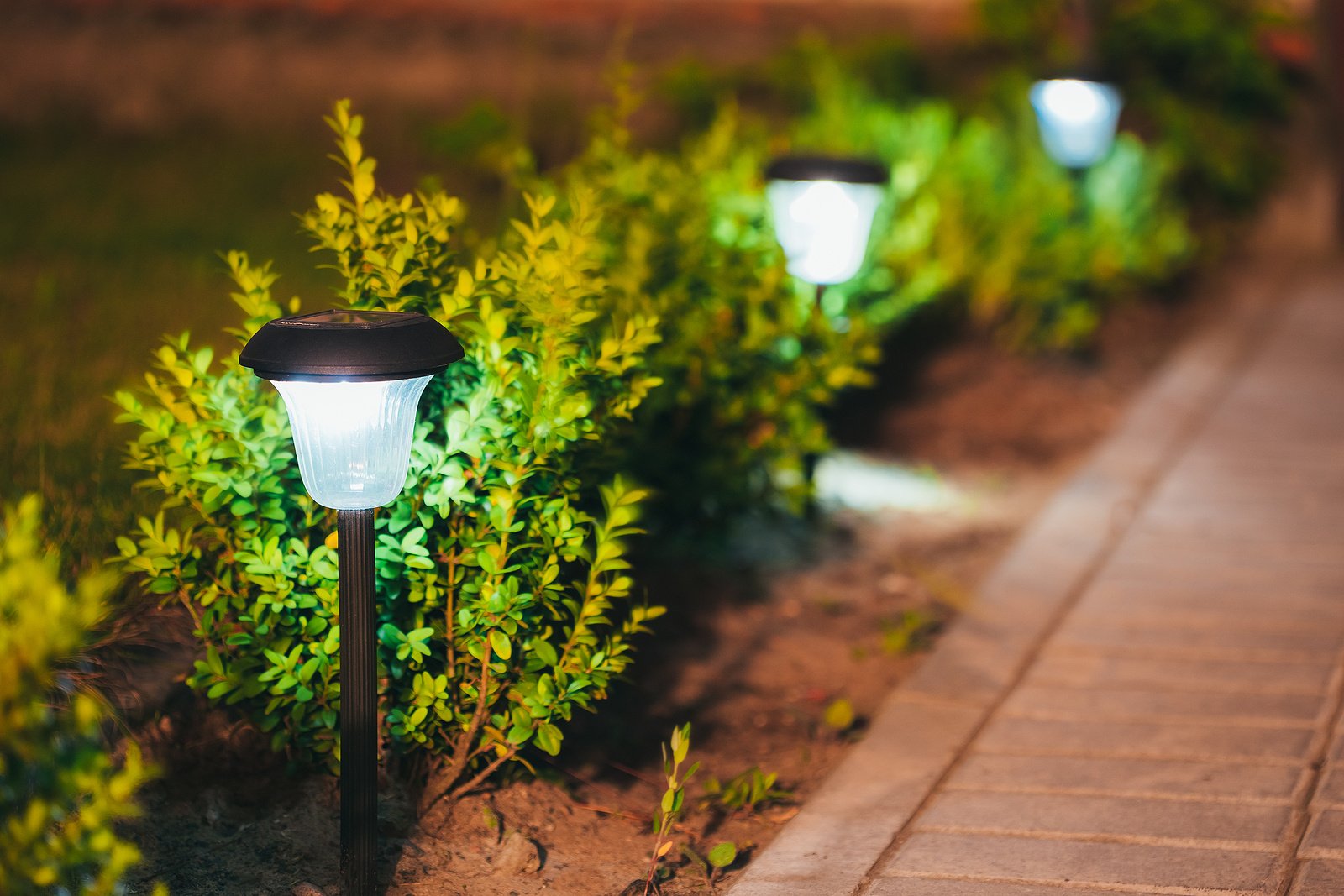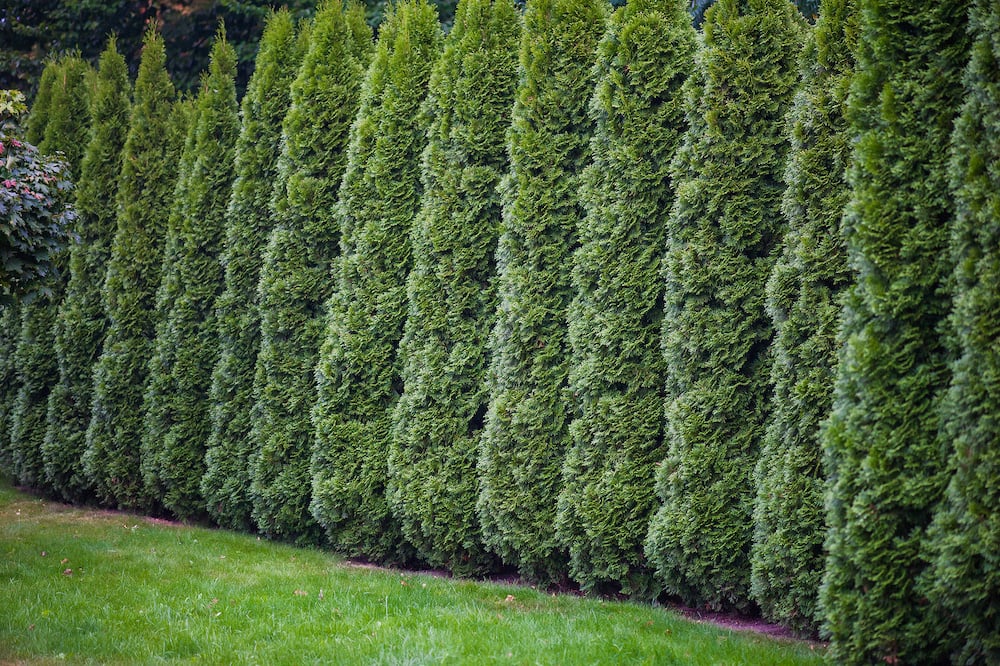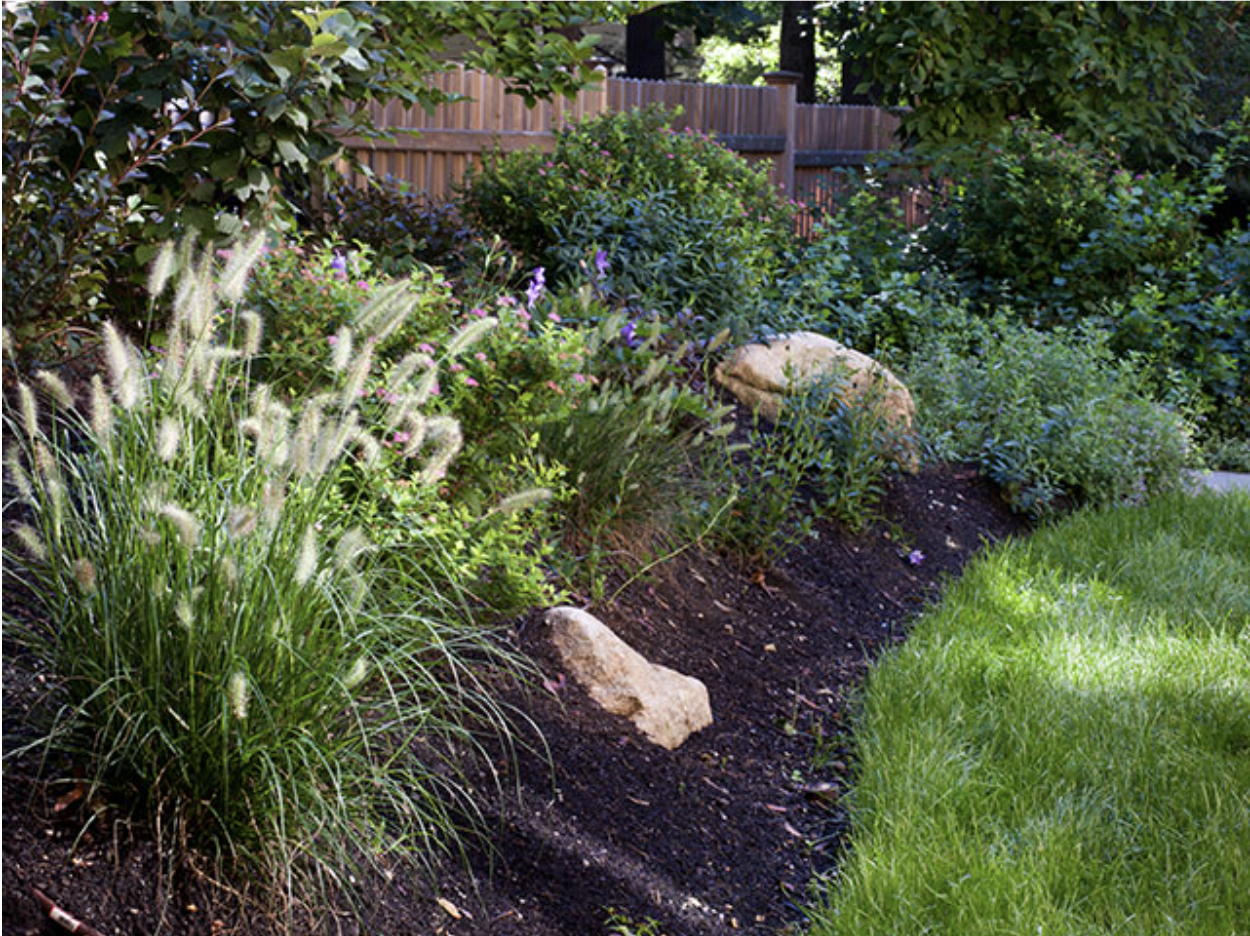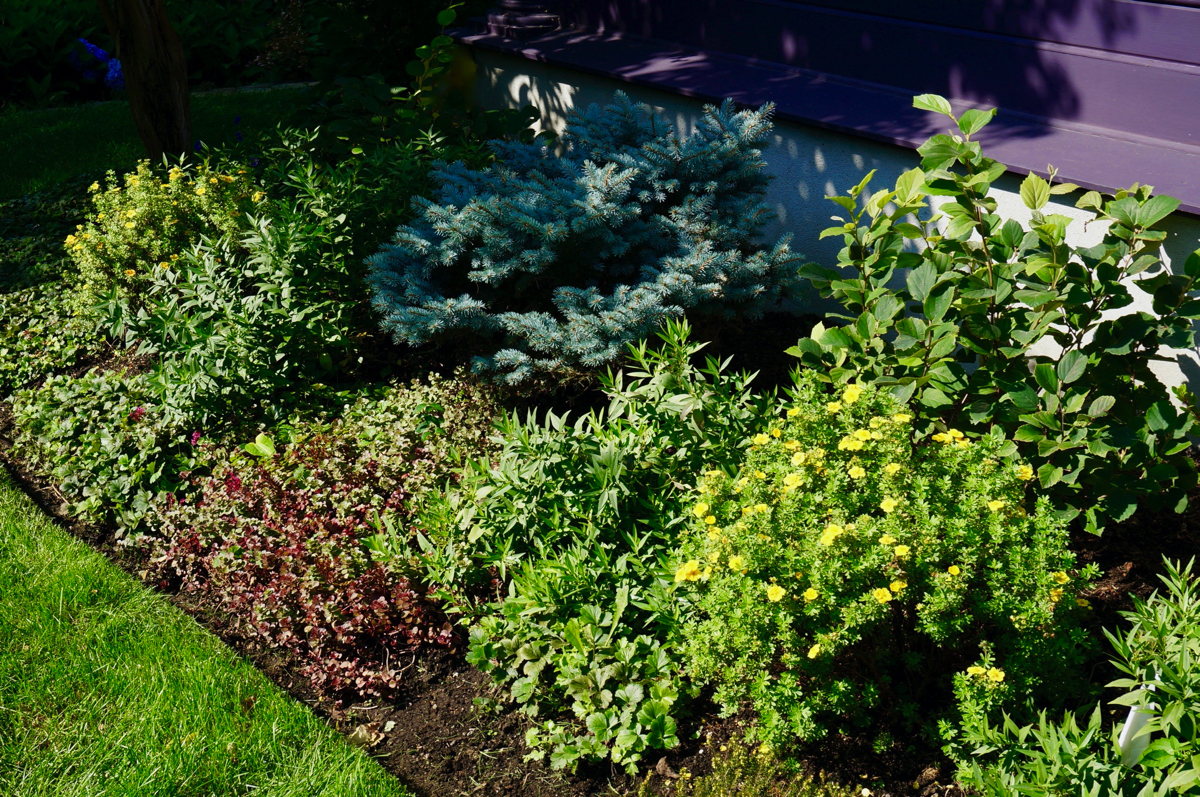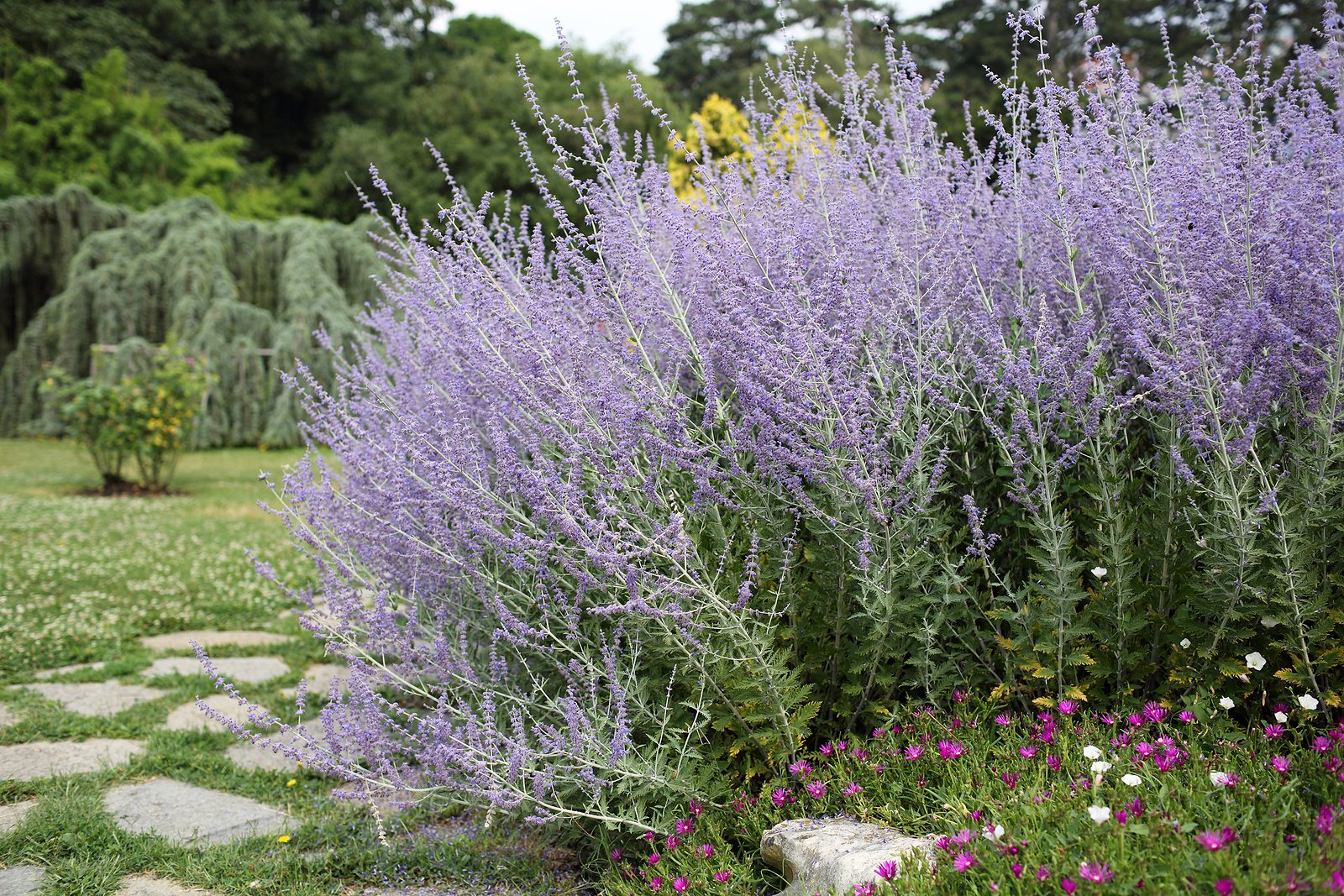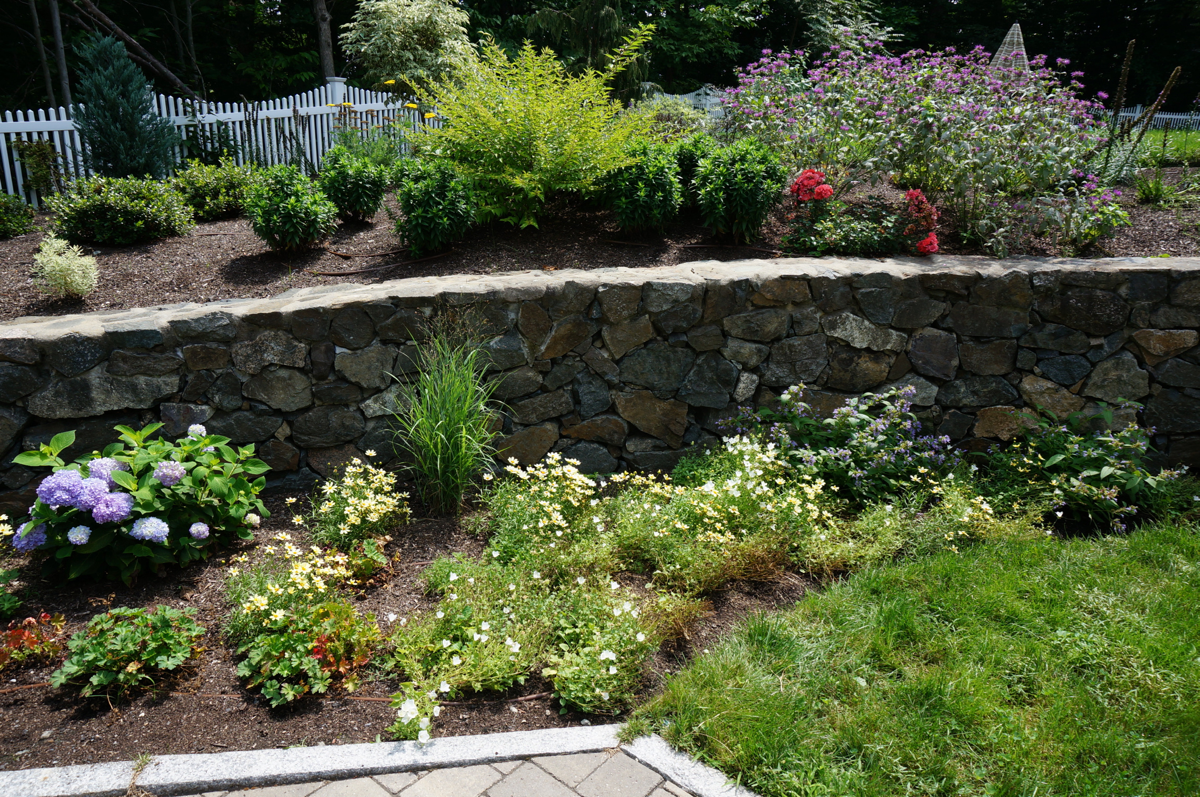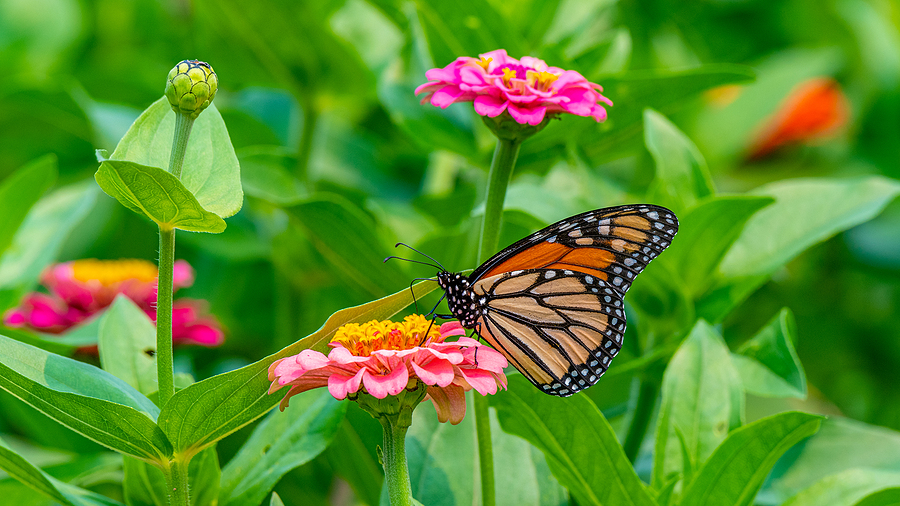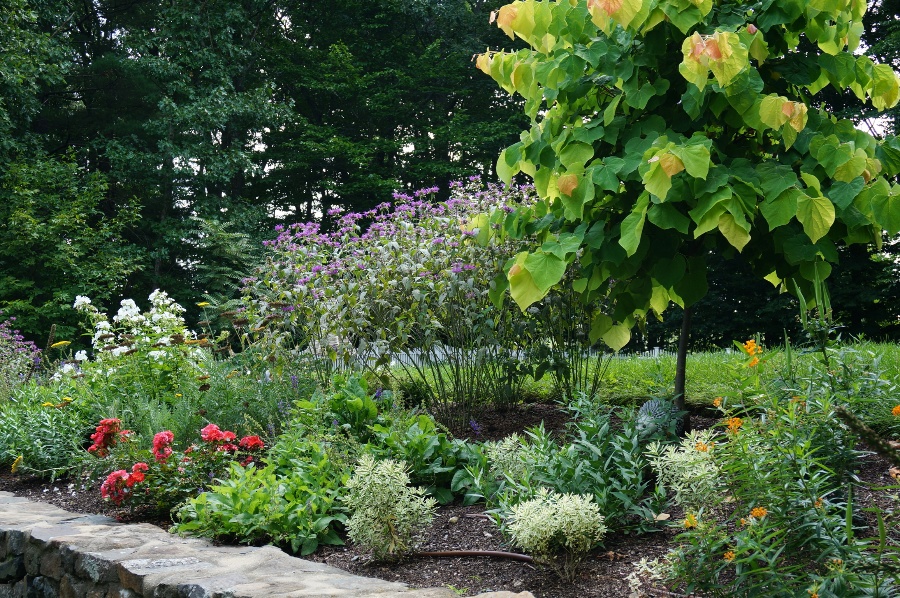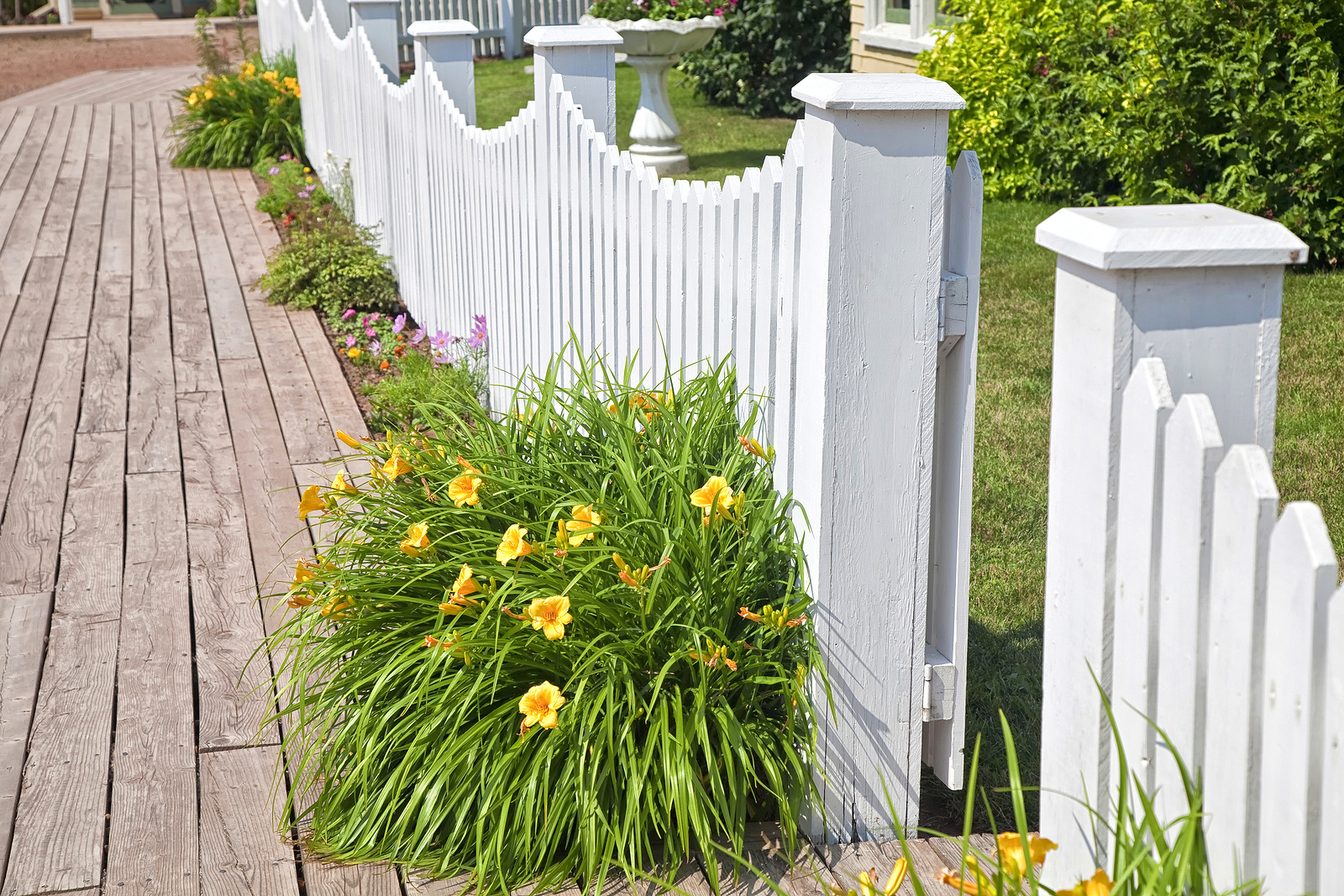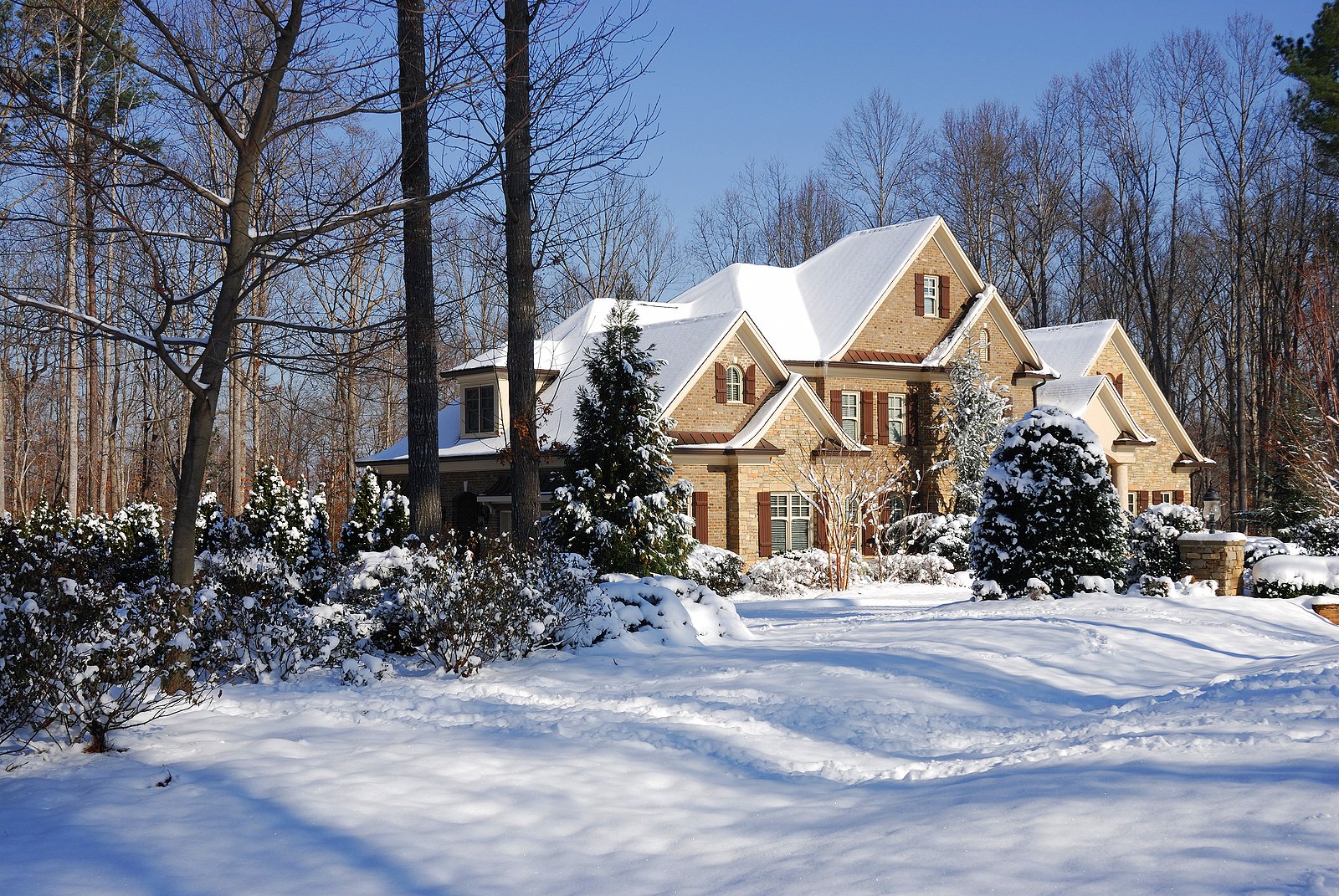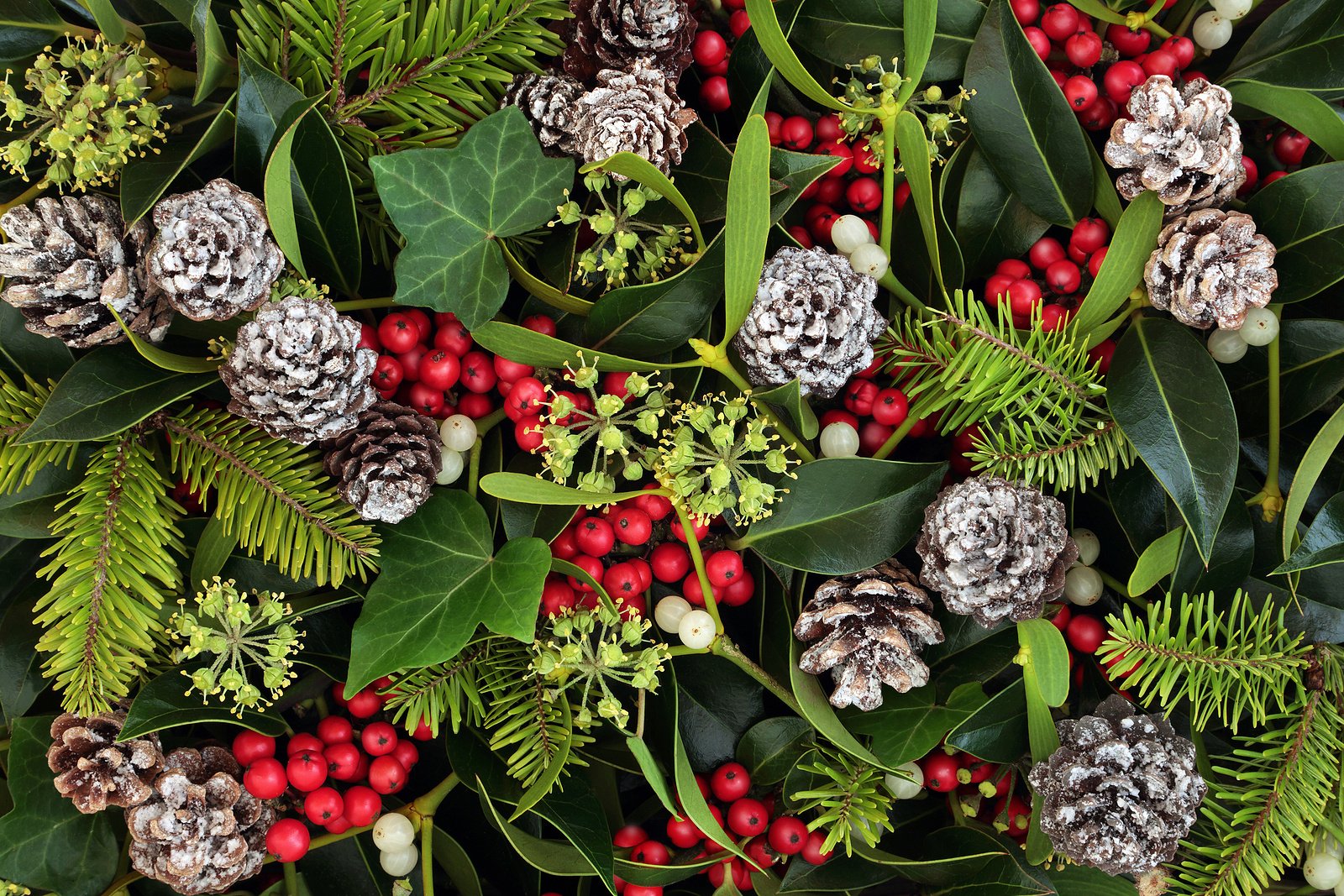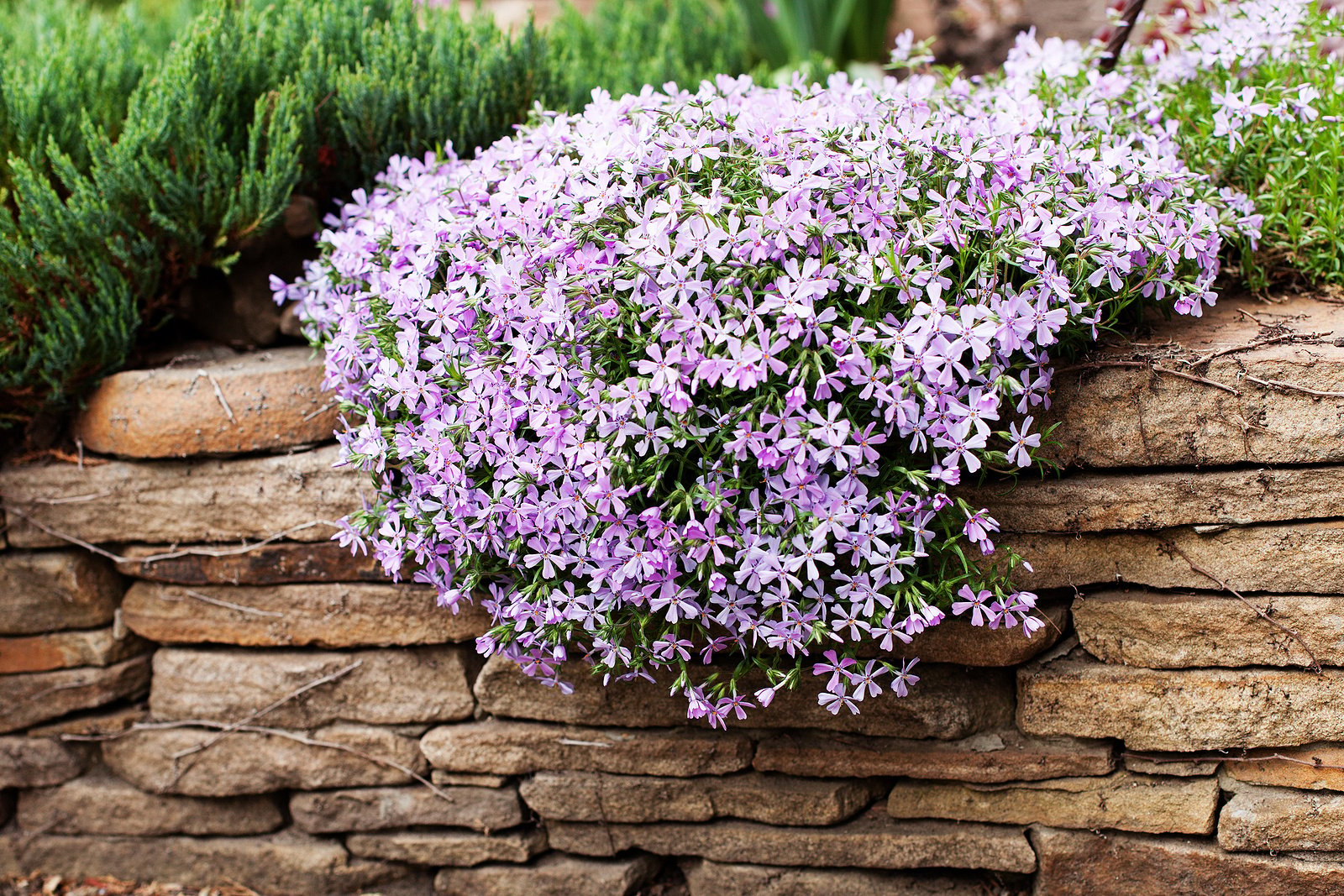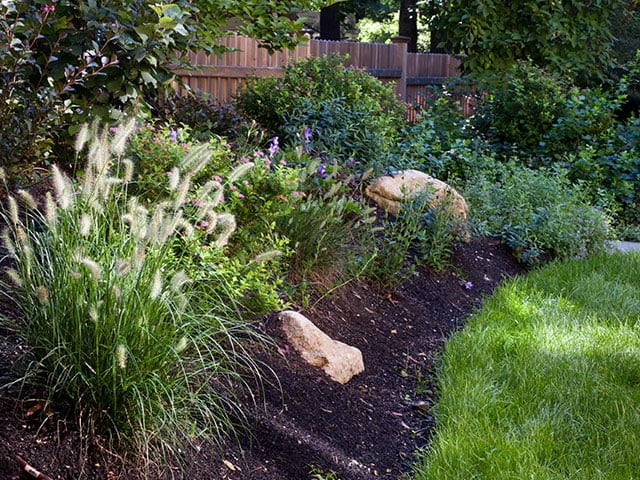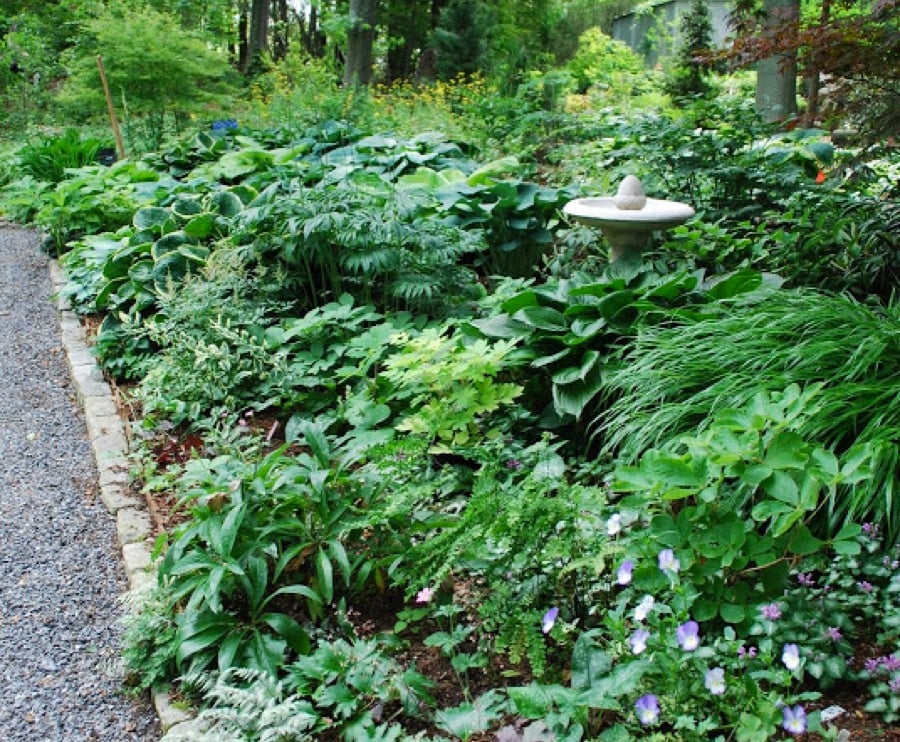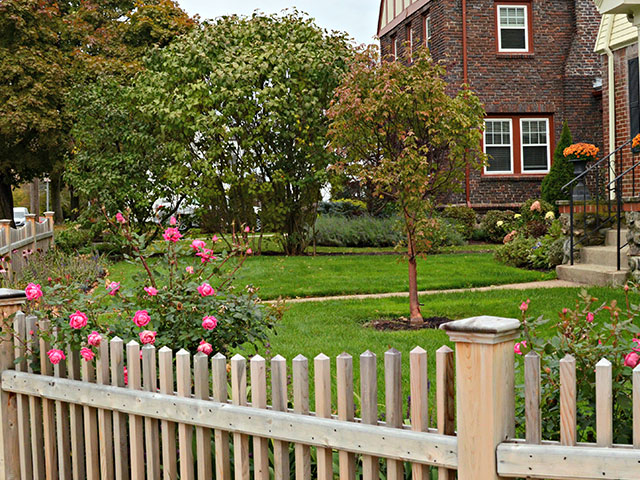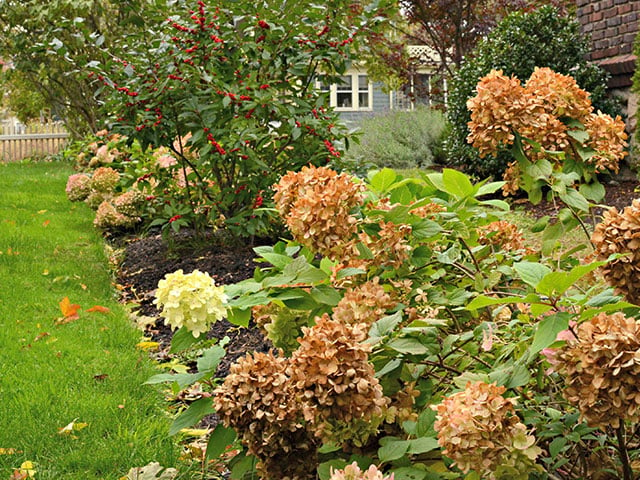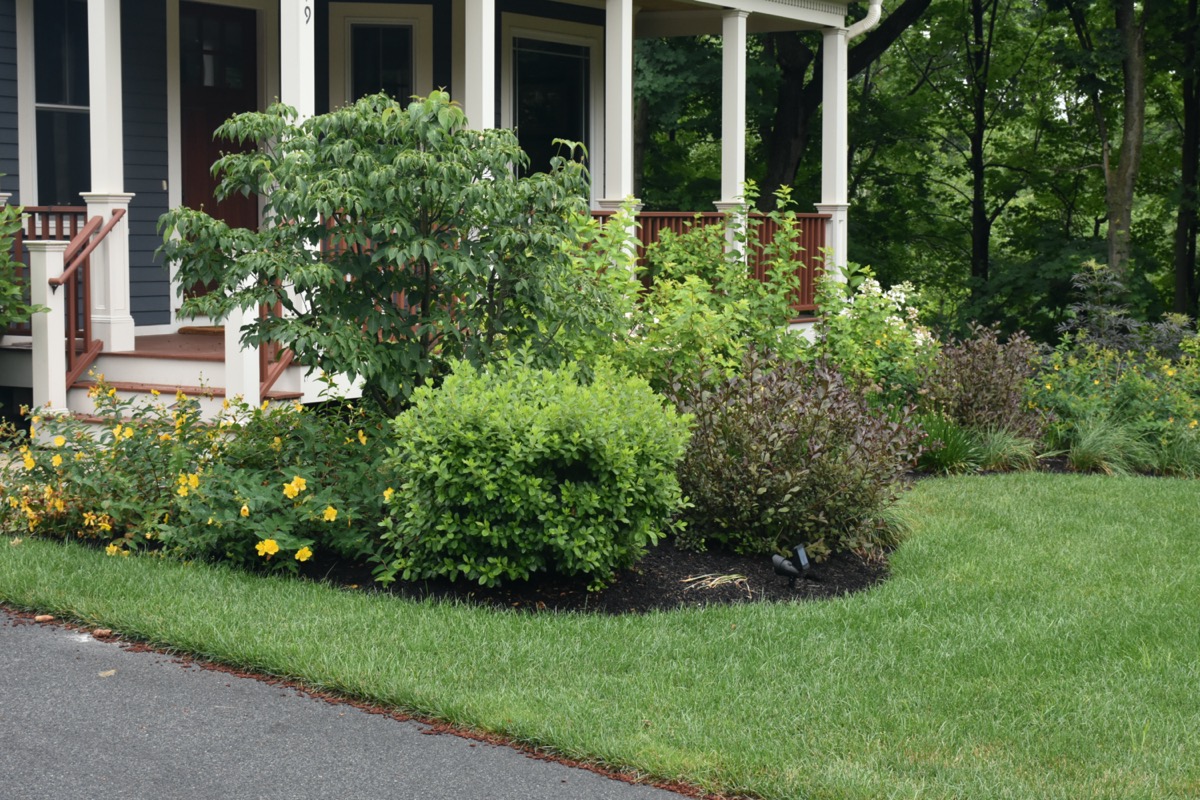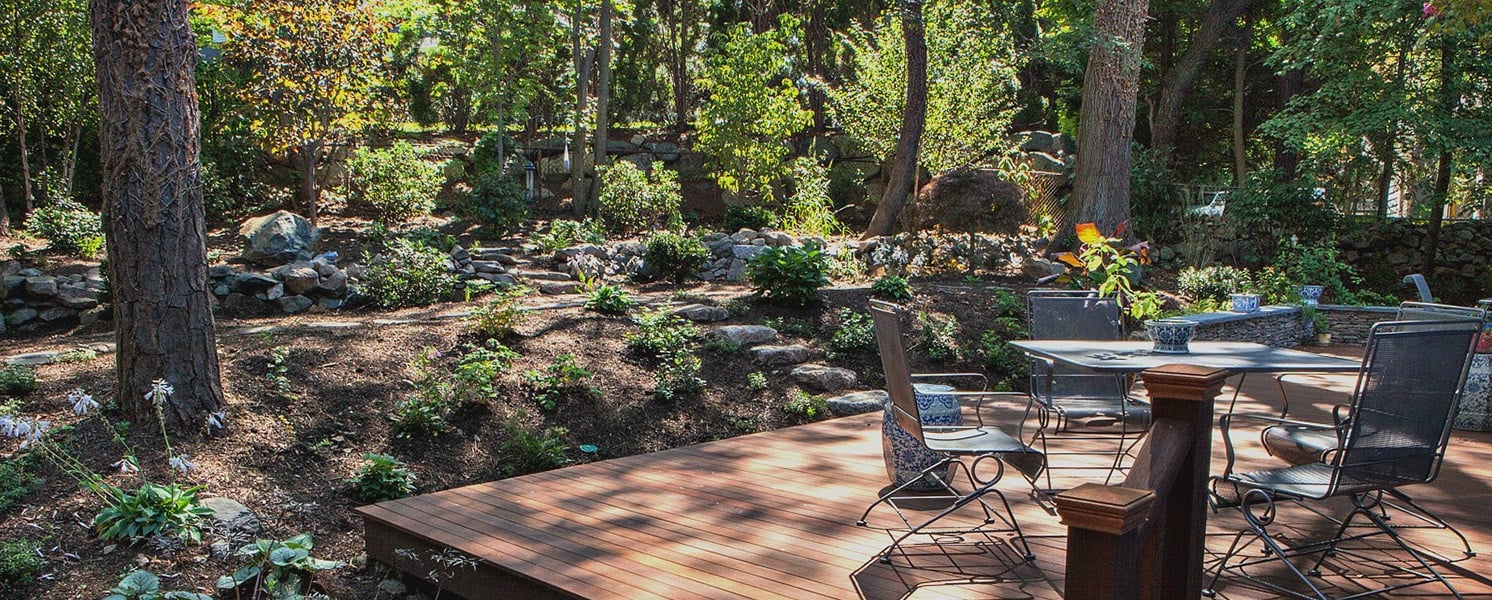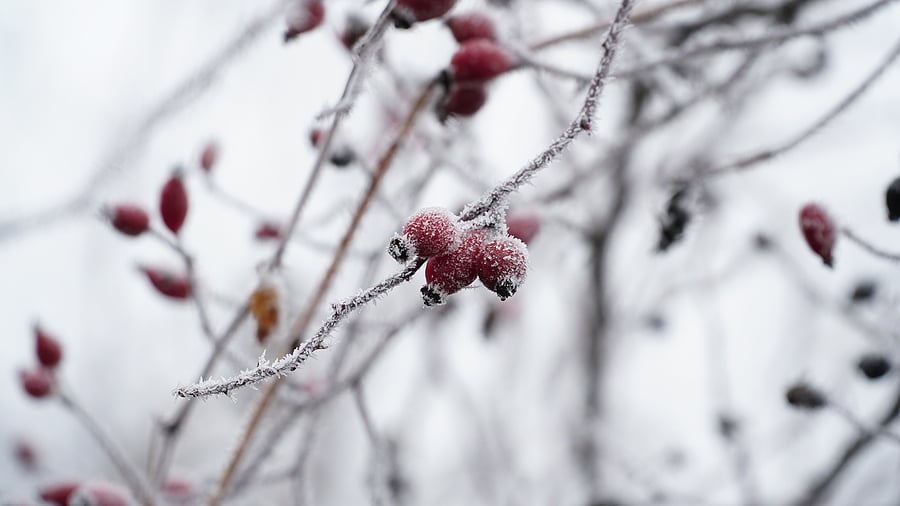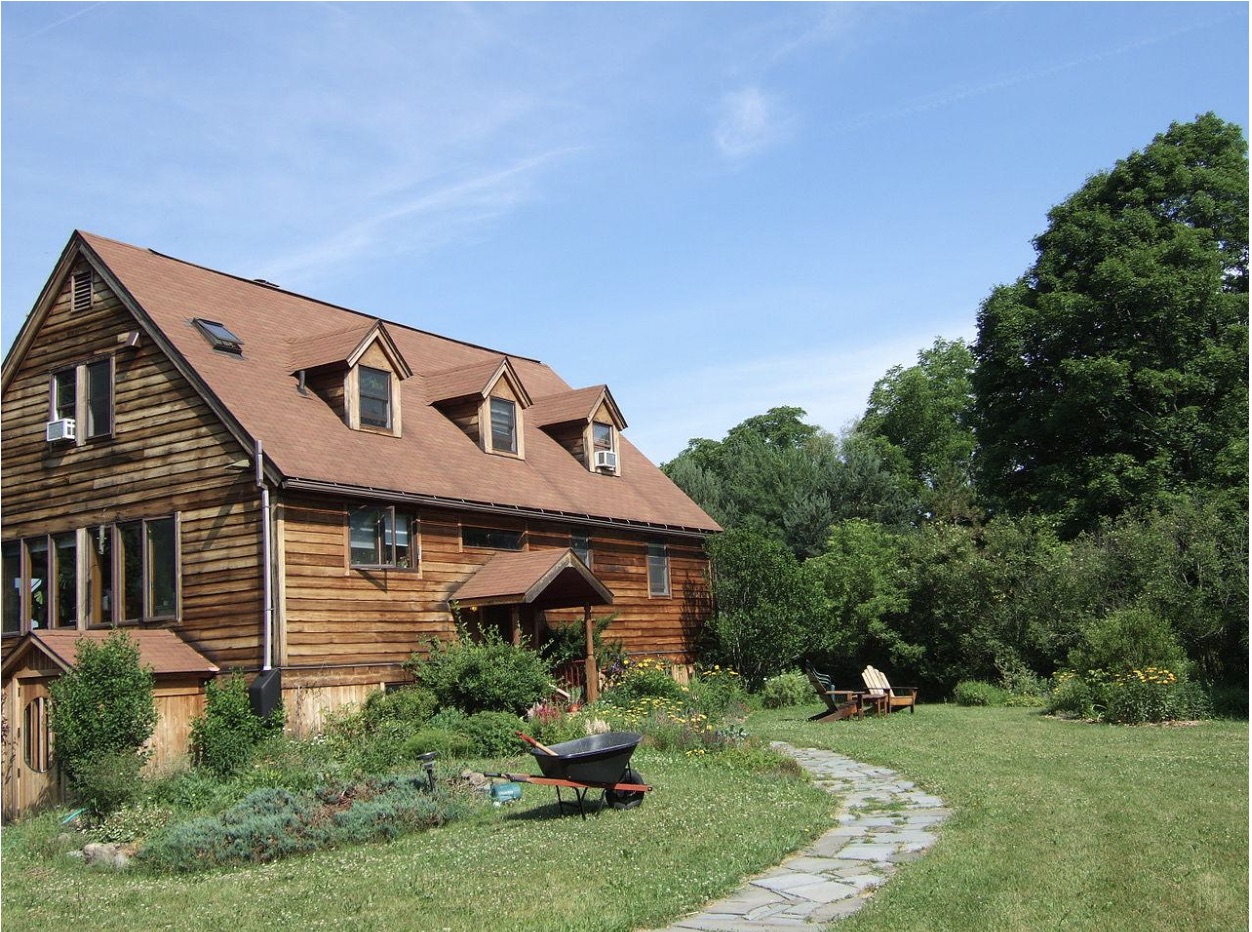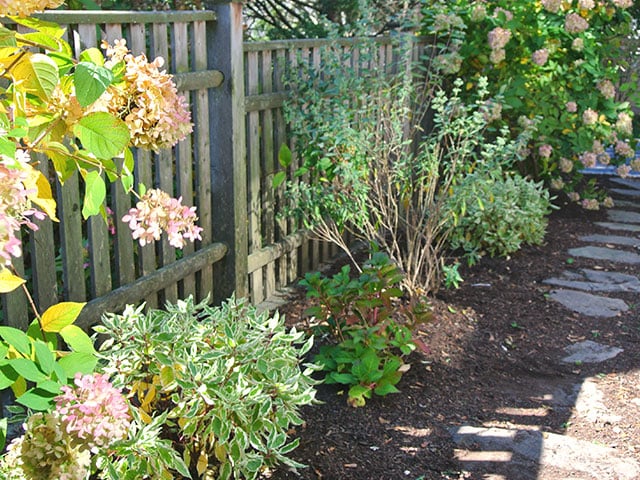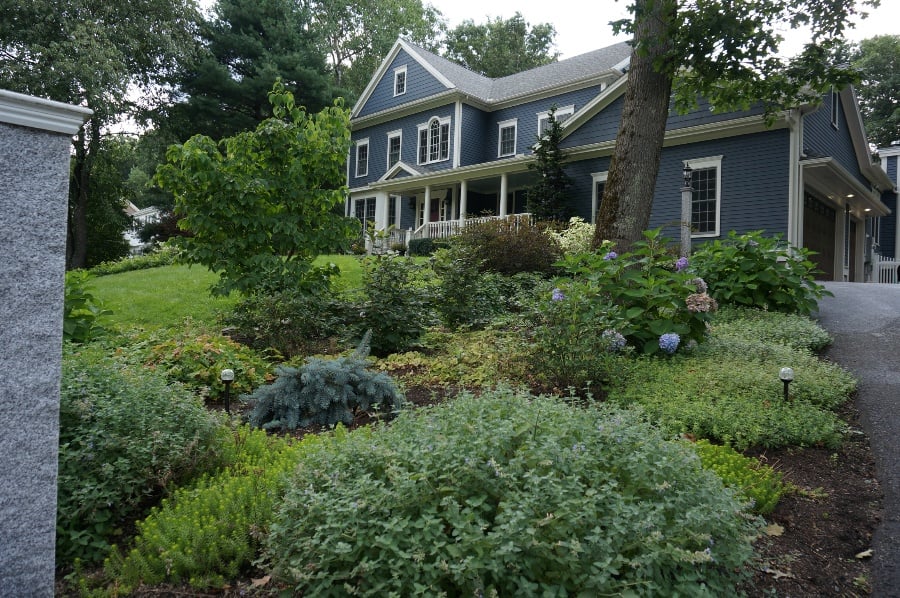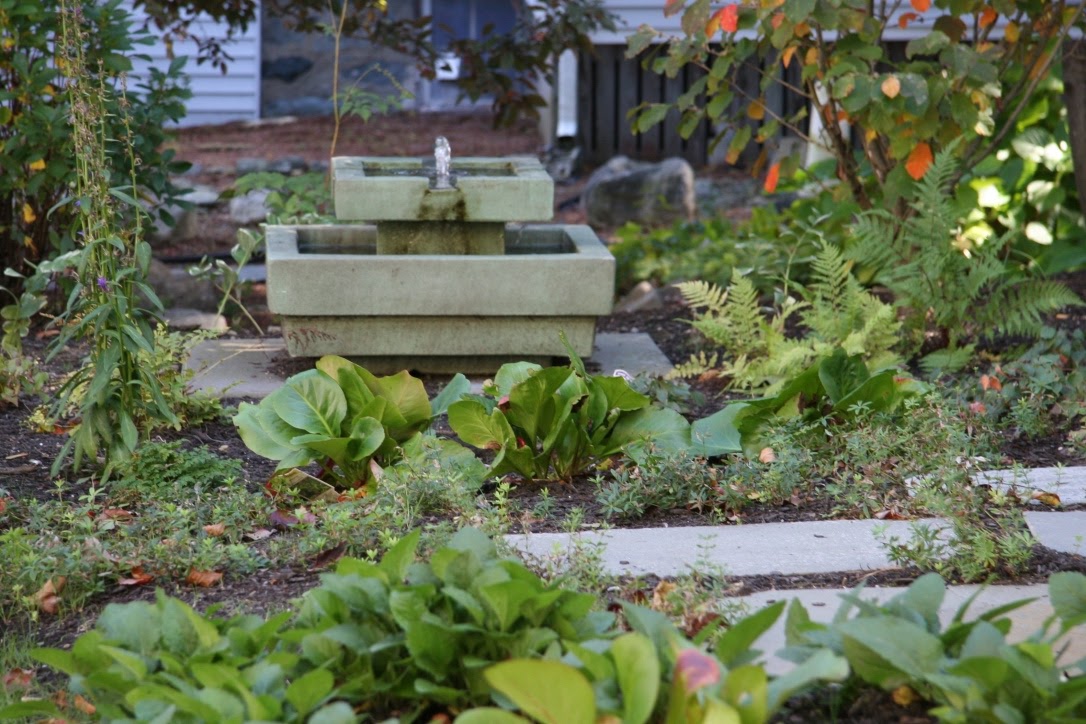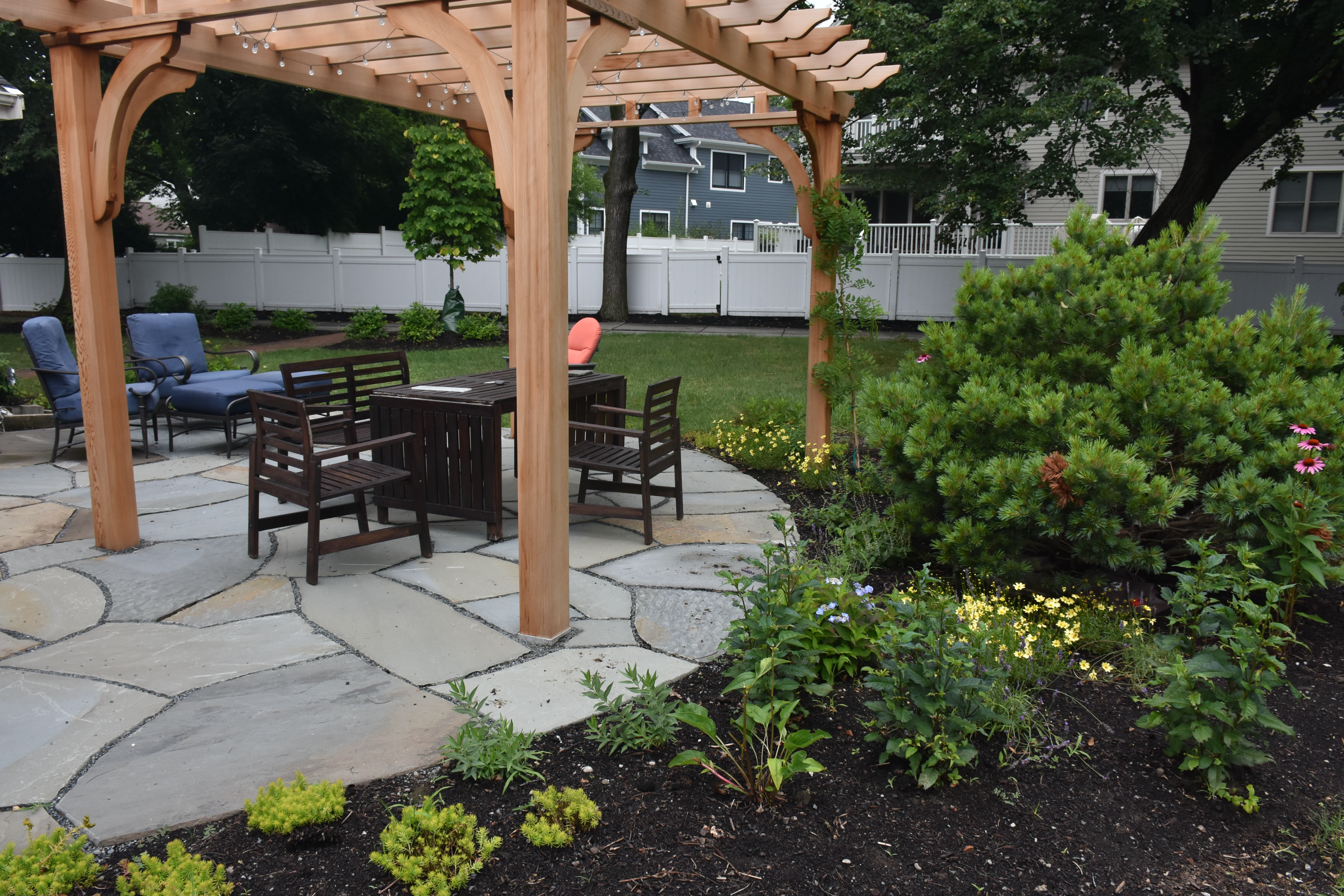If you've ever stood in front of a rack of plant tags wondering what will actually thrive in your yard — and not just survive — you’re not alone.
But, there’s a surprisingly straightforward solution: native plants. They’re adapted to local conditions, support local wildlife and make your yard easier to manage. Let’s break it down and make a landscape design full of native plants and flowers easier to start — and easier to enjoy.
Why Choose Native Plants for Your Garden?
Require Less Maintenance
One of the best features of native plants is their minimal maintenance requirements. Because they’re right at home in the local climate and soil, they need a lot less from you — less watering, less fertilizing and less fussing in general.

Once they’re settled in, many native species thrive on their own. And since they’re naturally resistant to local pests and diseases, you won’t have to rely on harmful pesticides and chemicals to keep them healthy.
Supports the Local Ecosystem
When you plant native species, you’re not just filling in garden beds to create an attractive yard — you’re helping your local environment thrive by creating a veritable wildlife habitat.
Native plants provide food and shelter for the area’s native pollinators. In Massachusetts, plant bee balm, petunias and columbine to attract the beautiful ruby-throated hummingbird (and marvel at its ability to fly backward — the only bird to do so!)

Or do you want to attract swarms of butterflies to your garden? The swallowtail butterfly thrives among lilacs, zinnias and cosmos, while the monarch butterfly survives exclusively on milkweed. And of course, every garden requires the help of local bee species to grow and flourish.
A yard filled with native plant species becomes a small but powerful part of the larger ecosystem, encouraging biodiversity right outside your door.
Mitigates Invasive Plant Species
One of the hidden superpowers of native plants is their ability to push back against invasive species. When you fill your yard with healthy, well-adapted native plants, you naturally crowd out space and natural resources that invasive plants would otherwise take over.

Many non-native plant species spread aggressively because they lack natural predators and outcompete weaker, less established plants. But a strong community of natives holds its ground, keeping your garden balanced and resilient. It’s one of the easiest and most effective ways to protect your landscape and help restore local ecosystems — no herbicides required.
Creates Year-Round Visual Interest
You might think of gardening as a spring-and-summer activity, but native plants bring beauty and interest all year long.
With the right mix of native perennials, wildflowers, and shrubs, you can have color in every season — spring blooms, summer greenery, fall foliage, and even seed heads and structures that stand out in winter snow. Your garden doesn’t clock out after Labor Day — it keeps giving back, season after season.
10 Great Massachusetts Native Plants for Your Landscape
Butterfly Milkweed

- Bloom Season: Late spring to summer
- Sun: Full sun
- Soil Type: Well-drained, sandy or loamy soil
Eastern Red Columbine

- Bloom Season: Mid to late spring
- Sun: Part shade to full sun
- Soil Type: Moist, well-drained soil; tolerates rocky soil
Aster

- Bloom Season: Late summer to early fall
- Sun: Full sun
- Soil Type: Average to most, well-drained soil
Wild Lupine

- Bloom Season: Late spring to early summer
- Sun: Full sun to light shade
- Soil Type: Sandy, well-drained soil
Coneflower

- Bloom Season: Midsummer to early fall
- Sun: Full sun
- Soil Type: Well-drained, loamy or sandy soil
Cardinal Flower

- Bloom Season: Late summer
- Sun: Full sun to part shade
- Soil Type: Most to wet soil
Black-Eyed Susan

- Bloom Season: Summer through early fall
- Sun: Full sun
- Soil Type: Well-drained, average soil
Blazing Star

- Bloom Season: Midsummer to fall
- Sun: Full sun
- Soil Type: Most, well-drained to average soil
Wild Geranium

- Bloom Season: Mid to late spring
- Sun: Part shade to full shade
- Soil Type: Moist, rich woodland soil
Indigo

- Bloom Season: Late spring to early summer
- Sun: Full sun
- Soil Type: Well-drained, average to poor soil
Creating a native garden in Massachusetts doesn’t have to be complicated. With the right plant selection and a little planning, you can build a yard that’s attractive, functional, and beneficial to your local ecosystem. Whether you're starting small or replacing a full lawn, native landscaping is a smart, sustainable way to garden — and it starts with simply choosing plants that are right at home here.
To learn more about designing a custom landscape for your home, download our free ebook, The Mindful Homeowner's Guide to Transformative Landscape Design. If you're ready to get started on your new landscape project, or simply want to learn more about the process, you can contact our team here to schedule a free consultation. We'd love to talk to you!


